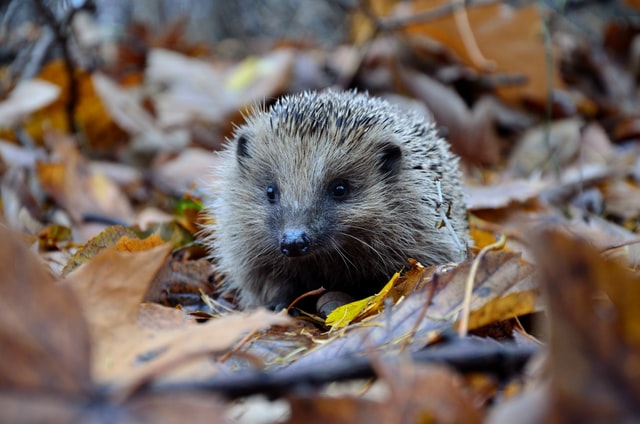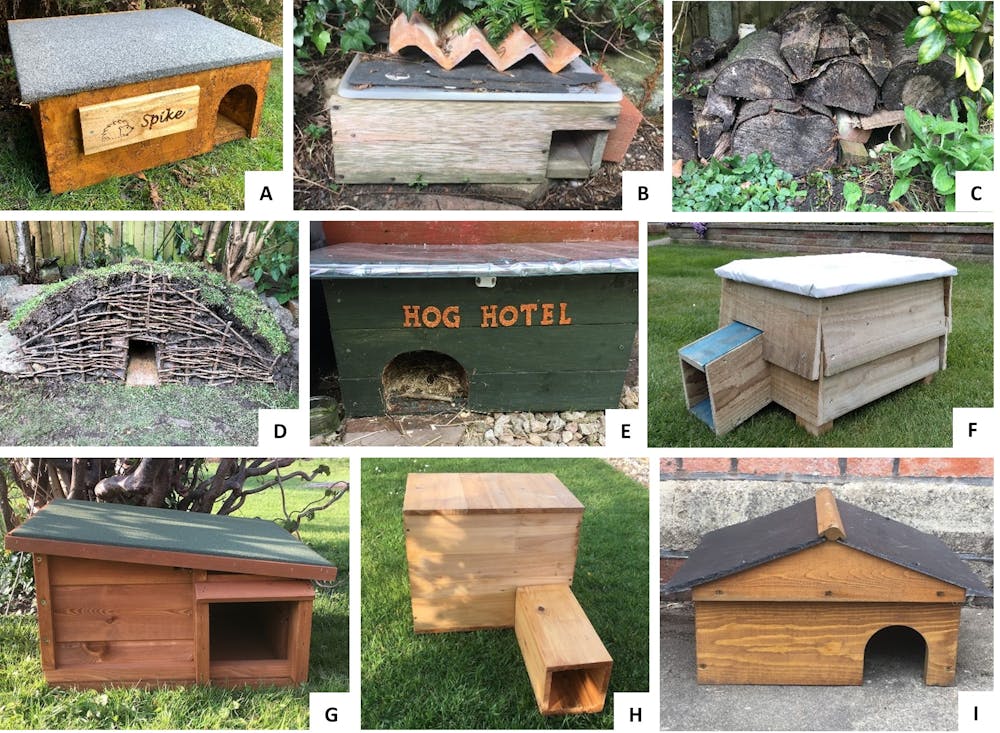When large patches of woodland are swallowed by urban sprawl or when households replace long grass with artificial turf or refurbish buildings to repair cracks and crevices, wildlife populations are robbed of potential places to rest, breed and hibernate. That’s why conservation groups urge homeowners, where possible, to create wildlife-friendly habitats on their own land.

One artificial refuge that has long adorned gardens is the bird box. It is estimated that there are 4.7 million of them in gardens across the UK. Some studies have reported that nest boxes (or bricks) can help birds to produce more chicks and boost their populations compared with birds nesting in areas without artificial refuges.
But whether and how animals actually use these refuges depends on their design, where they are placed and the conditions of the wider landscape. In the wrong setting – or with the wrong design – wildlife can suffer harm or an increased risk of being captured by predators.
Relatively little is known about what makes a house a home for species other than birds, or how effective artificial refuges are for conserving a species. Even so, garden centres and other retailers offer a wide variety, ranging from ceramic houses for toads to wood and concrete roosts for bats. Many of these are made and installed with mammals in mind.
The hedgehog housing census
Charming images and videos of hedgehogs using nest boxes (both homemade and shop-bought) abound on social media. Yet very little is known about how best to choose, make or install these refuges. That’s partly because people are advised to avoid disturbing nesting hedgehogs.
To resolve this, researchers at the University of Reading (including myself) and specialists at the conservation campaign group Hedgehog Street launched the hedgehog housing census: an online questionnaire which gathered information on how nest boxes are used across the UK.
More than 5,000 surveys were returned. Using this data we examined how hedgehogs use boxes for different types of nesting. Hedgehogs typically build distinct nests for somewhere to rest during the day, somewhere to rear young and somewhere to hibernate over winter, and may move between more than one nest in each instance. For each type of nesting, we modelled how the use of a nest box appeared to have been influenced by its design and dimensions, plus features of the garden and environment.
For most seasons, the study showed that hedgehogs were more likely to have used a nest box where food – such as meaty pet food – and bedding were provided. Some gardeners left piles of dry leaves in a corner of the garden which hedgehogs could gather and drag into the box.
Hedgehogs were also more likely to use nest boxes where there was access between the front and back gardens, highlighting the importance of connections between habitats. This may be possible by cutting a hole in the bottom of a fence or leaving a gap beneath a gate to form a hedgehog highway. Additionally, the likelihood of a hedgehog inhabiting a box tended to increase when they were placed under shelter such as shrubs, or on hard surfaces such as patios, and with the entrances oriented away from wide open spaces.

The presence of dogs seemed only to have a negative effect during the vulnerable period of hibernation, which typically occurs between November and April. Surprisingly, badgers or foxes did not seem to deter hedgehogs from nesting in a box, though few people reported having seen either species in their garden. We also found that, during hibernation, nest boxes were more often used when the boxes were south-facing and within five metres of a building. This may be because these spots were warmer, and cosier nesting chambers help hibernating hedgehogs burn less energy. Too warm and hedgehogs could wake up more frequently, though. The optimum nest box temperature for hedgehogs – and the design features that might influence this – are not well understood.
The census also revealed where hedgehogs might prefer to make their own nests in gardens. Survey respondents reported evidence of 2,546 other nests used by hedgehogs in their gardens, including nests built under vegetation, such as long grass or shrubs, (46%), sheds (21%), woodpiles (15%), compost heaps (6%) and decking (6%).
Nest boxes – and gardens more broadly – provide important nesting habitats for the declining hedgehog. But there is still much we don’t know about how these artificial refuges compare to natural nests. This a field in which researchers must delve deeper, by untangling how nest box design affects occupancy and by trying to understand the consequences of using artificial refuges on hedgehog health, behaviour and abundance. For now, it’s clear that simple actions can improve the chances of a hedgehog using a nest box – a potentially critical part of nurturing the recovery of this species.
PhD researcher in Ecology and Conservation at the University of Reading.
This article is republished from The Conversation under a Creative Commons license.
